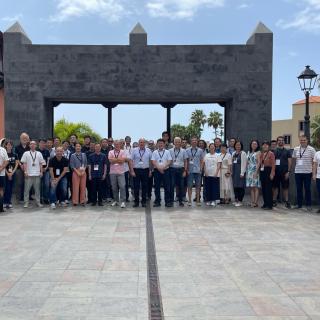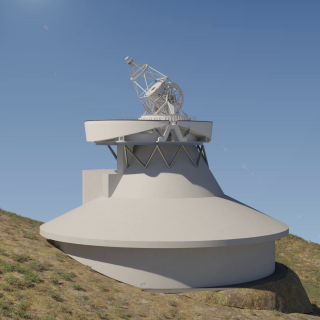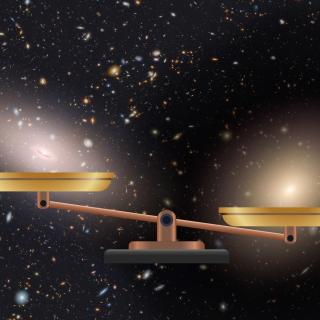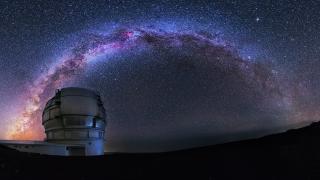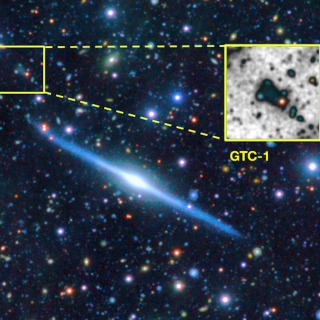
An international scientific team, including the Instituto de Astrofísica de Canarias (IAC), has detected distortions in the brightness of a galaxy's disc that could be explained by the gravitational effect of an unknown neighbouring galaxy. Named GTC-1, the satellite galaxy was discovered using ultra-deep images obtained with the OSIRIS camera of the Gran Telescopio Canarias, located at the Roque de los Muchachos Observatory in La Palma. The finding provides a possible explanation for a puzzle about way the light fades out at the edges of galaxy disks, a mystery that has bothered the
Advertised on
